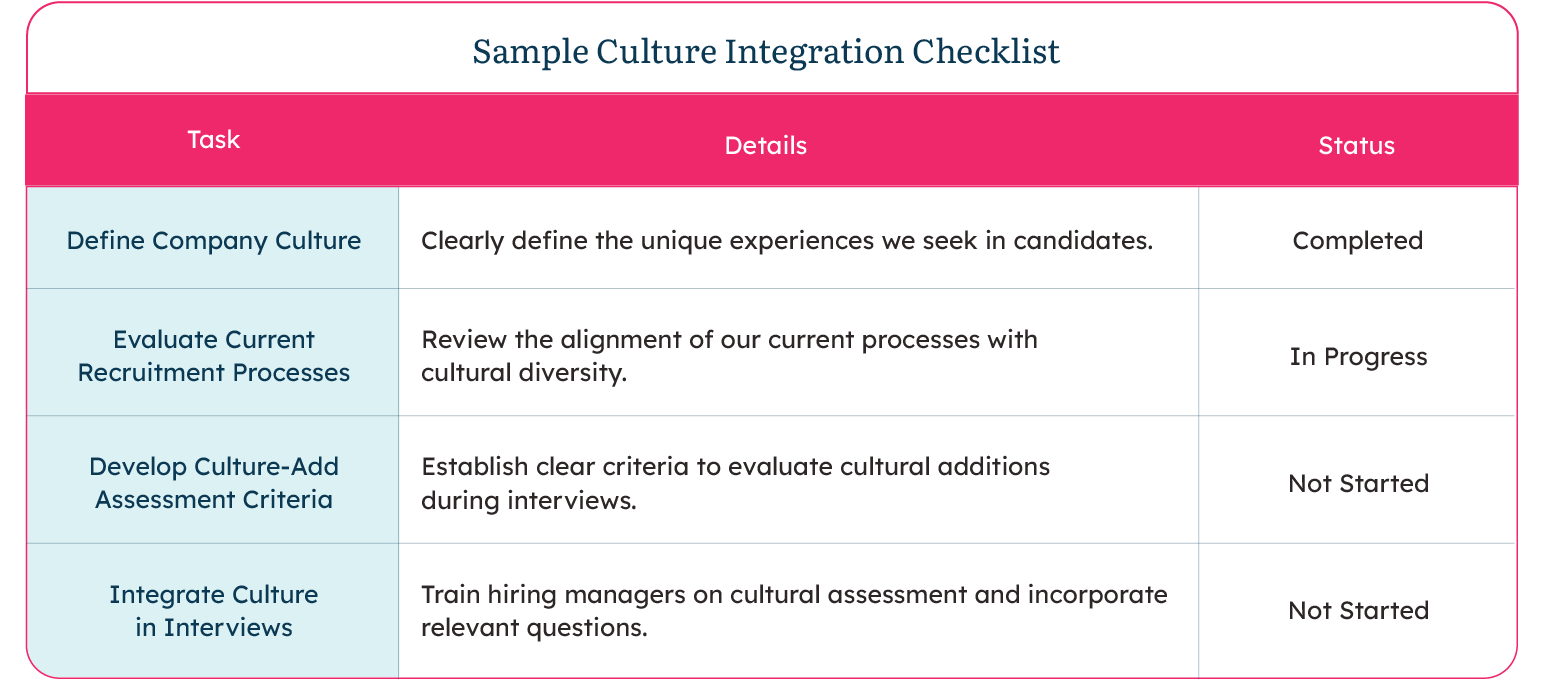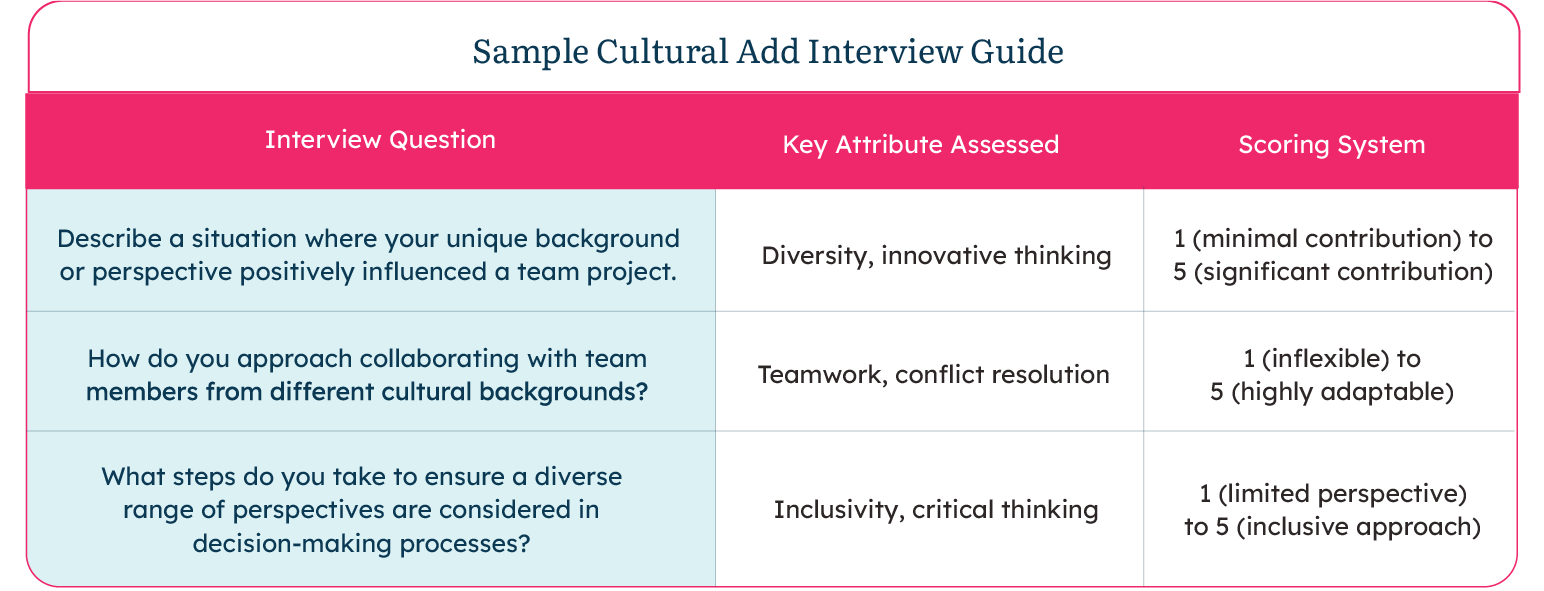Last week the Vancouver Business Journal presented several Vancouver Washington companies with the 2019 Business Growth Awards.
The Business Growth Awards present an opportunity to examine common denominators in businesses that flourish. We see business growth through a talent acquisition perspective and are always intrigued to learn and examine the other core elements that drive significant and healthy growth for companies.
Vern Harnish’s business classic, “Scaling Up: How a Few Companies Make it…and Why the Rest Don’t.” is at the top of our spring reading list because it masterfully breaks down foundational concepts to help CEOs and founders look at business growth through a systems lens.
Growth is relative – and to give you a sense of how much businesses can grow, let’s look at some data from the book:
- Only 4% of firms in the US ever reach more than $1 million in revenue.
- 1 in 10 of that 4% -or about 0.4% of all companies – ever make it to $10 million in revenue.
- Only 17,000 companies beat $50 million.
- The top 2,500 firms in the US surpass $500 million.
Building Strong Teams for Success
Whether you fall in the 4% or the top 2,500, talent acquisition and business growth are part and parcel to success, so we want to share a few questions from the book and to get you thinking about what you need to grow a strong team and a successful business.
“Are the stakeholders (employees, customers, shareholders) happy and engaged in the business; and would you “rehire” all of them?
Success depends on people – your team, customers, and network. What qualities do you want to hire more of? Can you articulate the type of talent you need to fill the specific skill gaps in your company? Once that is clearly defined, learn where that talent resides – including the local job market, competitors, and adjacent industries.
Defining skill gaps and ideal talent isn’t enough. Business leaders must differentiate themselves from all the other employers who are seeking the same talent. Are your job opportunities (in any position) a better option than what candidates already has? An employer value proposition should be able to articulate WIIFT (What’s In It For Them) in today’s competitive job market. It is also essential to build out your talent map AND your employment brand for deeper understanding internally and better results in the market.
Developing a Winning Strategy
“You don’t have a real strategy if it doesn’t pass two tests: First, what you’re planning to do really matters to enough customers; and second, it differentiates you from your competition.”
A successful candidate engagement strategy encompasses every touch-point: how they see your brand, your marketing, and every point throughout the recruiting, interview, and hiring process. If you want your strategy to work, analyze the ENTIRE system and process flow.
Smart leaders pay attention to the experiences of candidates the same way they pay attention to customers. Customer experience and candidate experience are what make or break growth trajectories. Engaging strategically turns candidates into ambassadors and becomes key driver to elevating your employment brand. You can build a reputation as an employer of choice for current and future talent, even if they DON’T ultimately end up being hired.
Executing Your Growth Plan
“Goals without routines are wishes; routines without goals are aimless. The most successful business leaders have a clear vision and the disciplines (routines) to make it a reality.”
The best strategies fall flat if the implementation isn’t properly executed. In the case of candidate engagement, do an assessment of all the resources you have to deploy your engagement strategy. You might be surprised at what you aren’t using to your full advantage! That includes your internal team and their skills, existing tools, or data and technology you already have.
Execution depends on these core elements:
● Clearly defined goals, roles, and timelines
● Continued assessment of progress
● The right people to get tasks done and goals met
All three elements are essential to effective strategies. Are you ready to execute your candidate engagement strategy and improve talent acquisition or do you need to address some gaps?
Empowering Your Team
Trust and equip people to execute the strategy
“To get to 10 employees, founders must delegate activities in which they are weak. To get to 50 employees, they have to delegate functions in which they are strong!”
Your ability to utilize the talent you have will make or break the execution of any strategy you develop. Think of retention as a form of recruitment – because it is.
What activities are you struggling with that someone else could take on? Have you equipped your team to take on your favorite or most agile activities? Do you know how to share crucial information and support to ensure they succeed?
Putting Growth into Action
Every business needs functional systems to grow. These key decision areas and critical questions may require deeper reflection but investing in the right areas will leverage your talent and tools for maximum growth.
Congratulations to the 2019 VBJ Business Growth Award nominees and finalists who are building a thriving business and impacting our local community. Check out the winners:
https://www.vbjusa.com/news/top-stories/2019-business-growth-awards/
About the Authors:
Raine Lunke and Richeal Royal are the powerhouse duo behind R2R Strategic Recruiting. With nearly 30 years of combined talent acquisition, sourcing, and HR experience, R2R understands the difficulties that companies face when it comes to recruiting. Whether it’s inefficient hiring processes, lack of time to dedicate to recruiting, or the knowledge to drive effective recruiting strategies – R2R is the conduit that provides companies with flexible service offerings to fit their unique needs and increase ROI. R2R is the northwest’s trusted partner in hiring and recruitment strategy.




